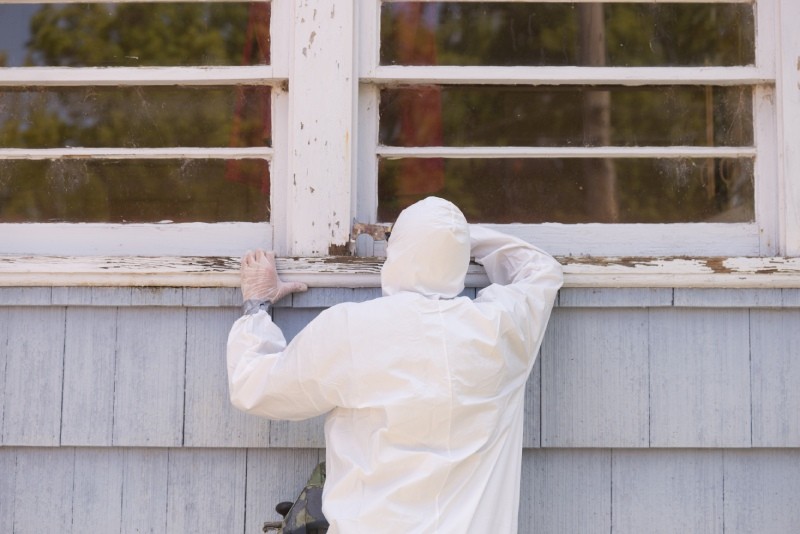Exposure to lead is a serious health risk for both children and adults. There is no safe level of lead in a person’s blood. Children are even more susceptible to the effects of lead, with even trace amounts resulting in a lower IQ.
One of the primary sources of lead poisoning has been through a home’s paint. Using lead-based paint in homes was banned in 1978, but many houses still have walls covered in lead-based paint. Road paint and other industrial projects still use lead-based paint to this day.
Companies continue to phase-out the use of lead paint altogether because of the associated health risks. As the use of lead paint decreases, so does the level of lead poisoning in children. According to the CDC, the blood lead level in children has dropped from nearly 8% of test subjects in 1997 to below 1% in 2015.
Why Use Lead-Based Paint?
To understand the replacement of lead-based paint, you must first understand the benefits of using it. Companies and individuals used (and in some cases still use) lead-based paint for multiple reasons, including:
- Pigment
- Durability
- A drying agent
- Efficacy – less paint covers a wider area due to the opaque nature of lead paint.
- Water-resistance
- Crack-resistance
Companies were never maliciously trying to poison anyone. The economic reasons for using lead paint are clear. Even so, lead has always been known to be poisonous. Environment lead exposure significantly increases lead poisoning in children, and companies have been forced to change their paint composition by laws and public pressure.
Industry Replacement for Lead-Based Paint
Companies have relied on a variety of ingredients in place of lead since using lead-based paints has multiple benefits. Different brands use their formula to create the colors they want, using both organic and inorganic pigments. There is no standard conversion for lead pigments, so companies focus on quality before they manipulate the color.
The most common replication of the white-lead pigment is titanium dioxide. Titanium dioxide has such a low toxicity that it’s added to a wide variety of food. Also, it’s more useful in creating the desired color as the opacity of titanium oxide is superior to that of lead.
Most brands tend to use strontium in place of lead as a drying agent. Strontium is non-toxic in addition to being a more efficient chemical. Zirconium is another alternative to lead but can cause health problems of its own. Zirconium isn’t as useful as Strontium either, meaning other chemicals may need to be added to achieve the same effect as lead.
One reason companies have been willing to move away from lead-based paint is the cost. It doesn’t cost more money to use these alternative compositions in many cases. Lead paint is not completely gone from the world, but the level at which it’s used goes down every year.
Replacement of Lead-Based Paint in Homes
There are still 23.2 million (21.9% of US homes) that have at least one area of lead-based paint somewhere in the building. Children under the age of six reside in an estimated 3.6 million of those homes. Some people will be forced to replace the lead hazards within their own home or rental property, but it’s important to do so safely.
If you’re undertaking the project yourself, it’s important to keep these safety procedures in mind:
- Make sure children and pregnant women won’t be breathing the dust
- Cover everything in the room with sheets
- Seal the area from the rest of the house
- Make sure to use HEPA (High-Efficiency Particulate Air) respirators – others will not filter lead
- Do not eat or drink while working to avoid ingesting lead
- Wear disposable clothing
- Clean diligently
Lead-based paint is becoming a tool of the past. New paint compositions are safer alternatives for most current and future applications. Replacing lead-based paint is still an ongoing effort, but the industry is trending in the right direction.


